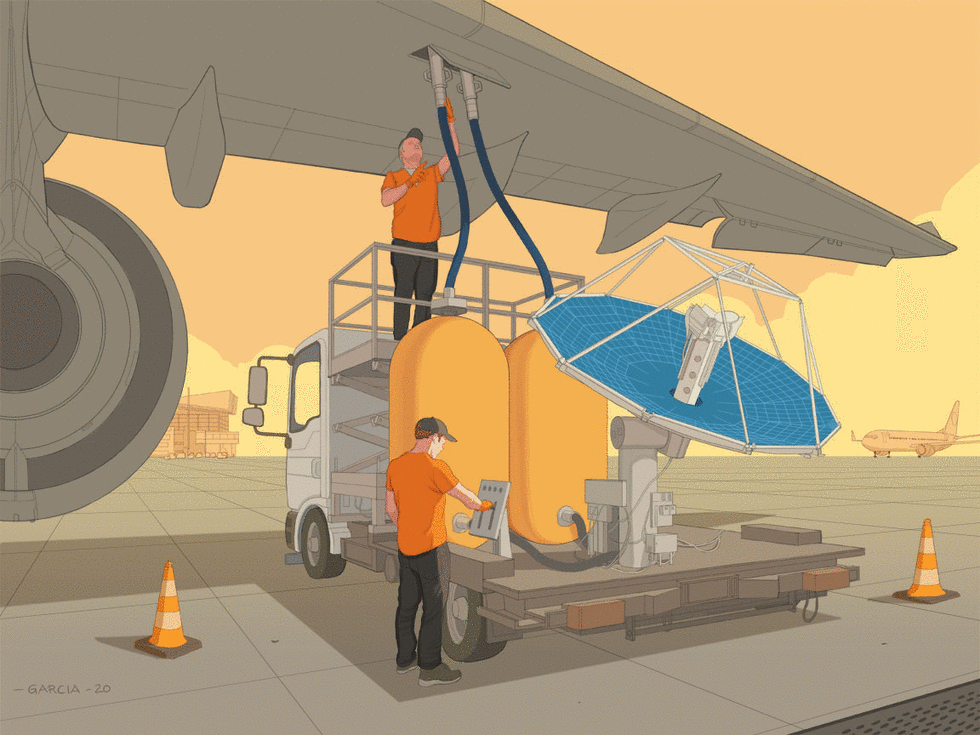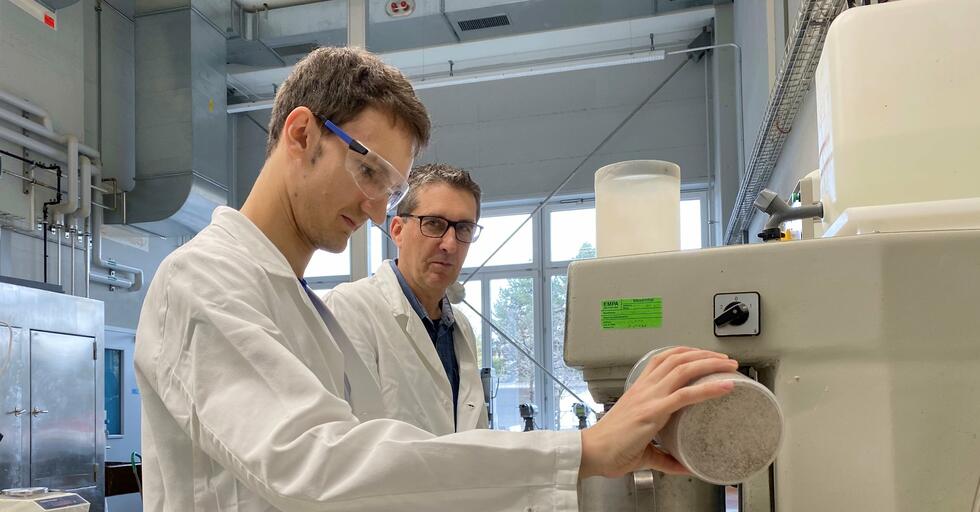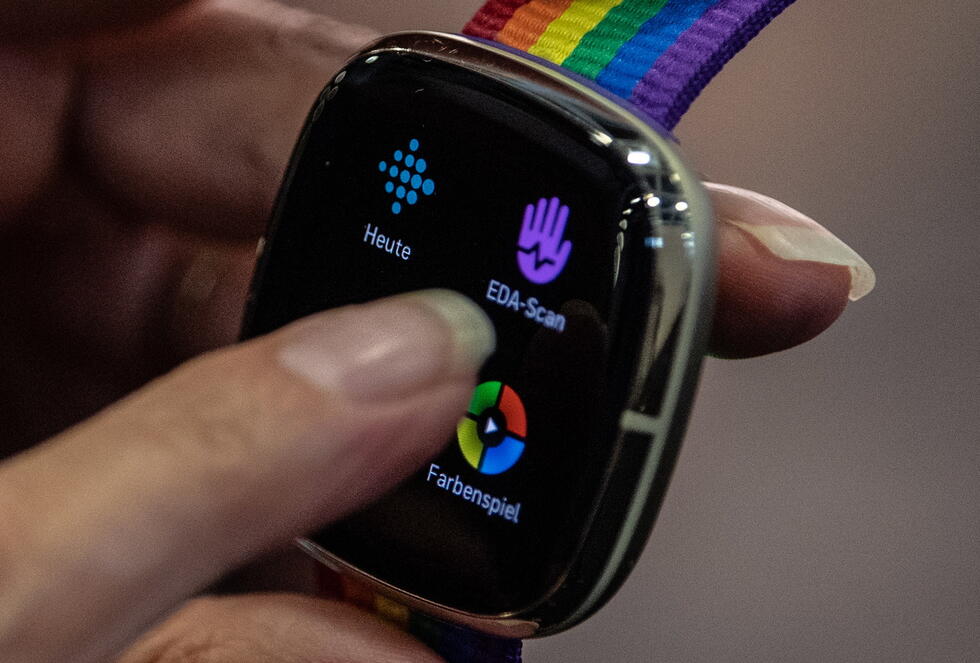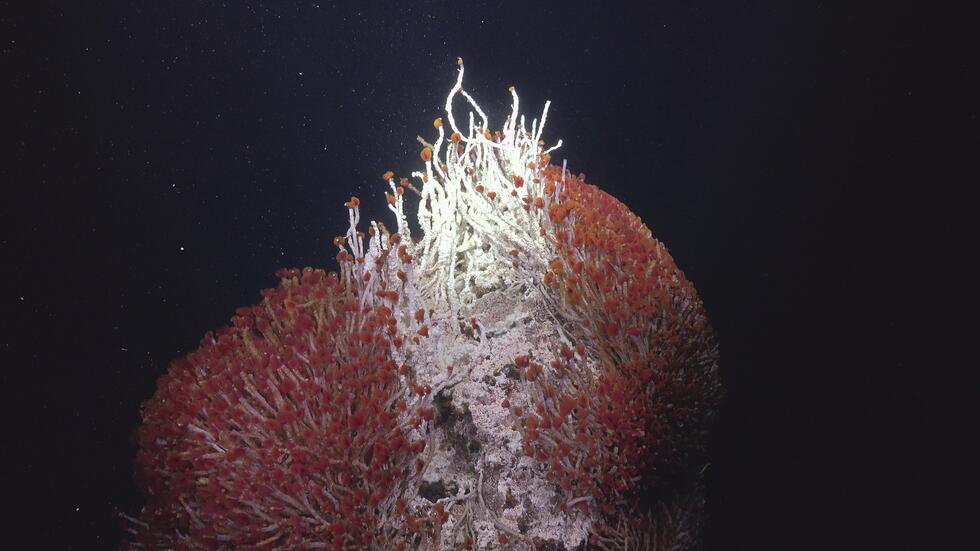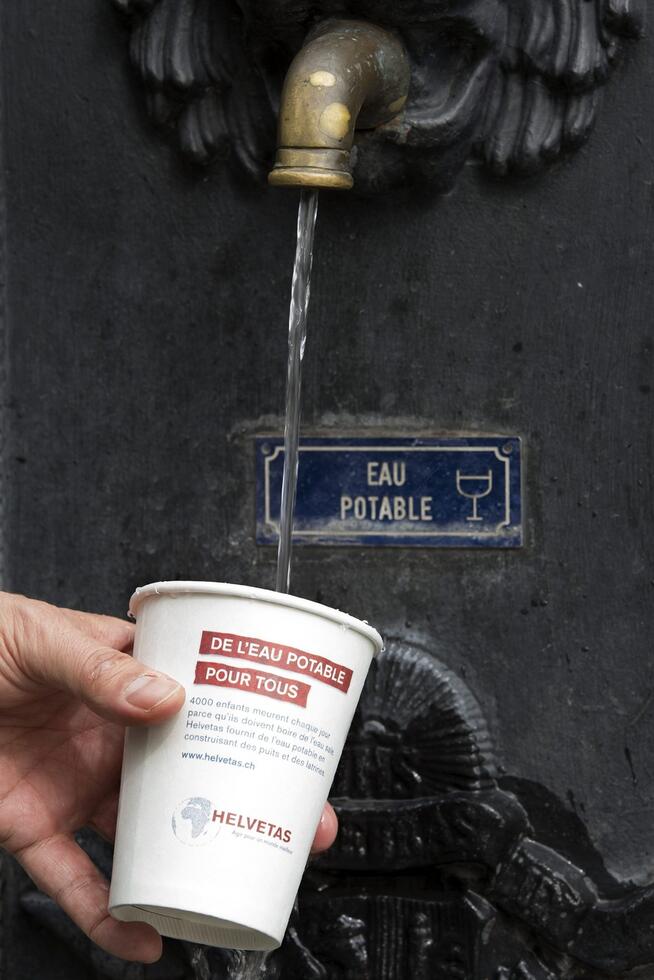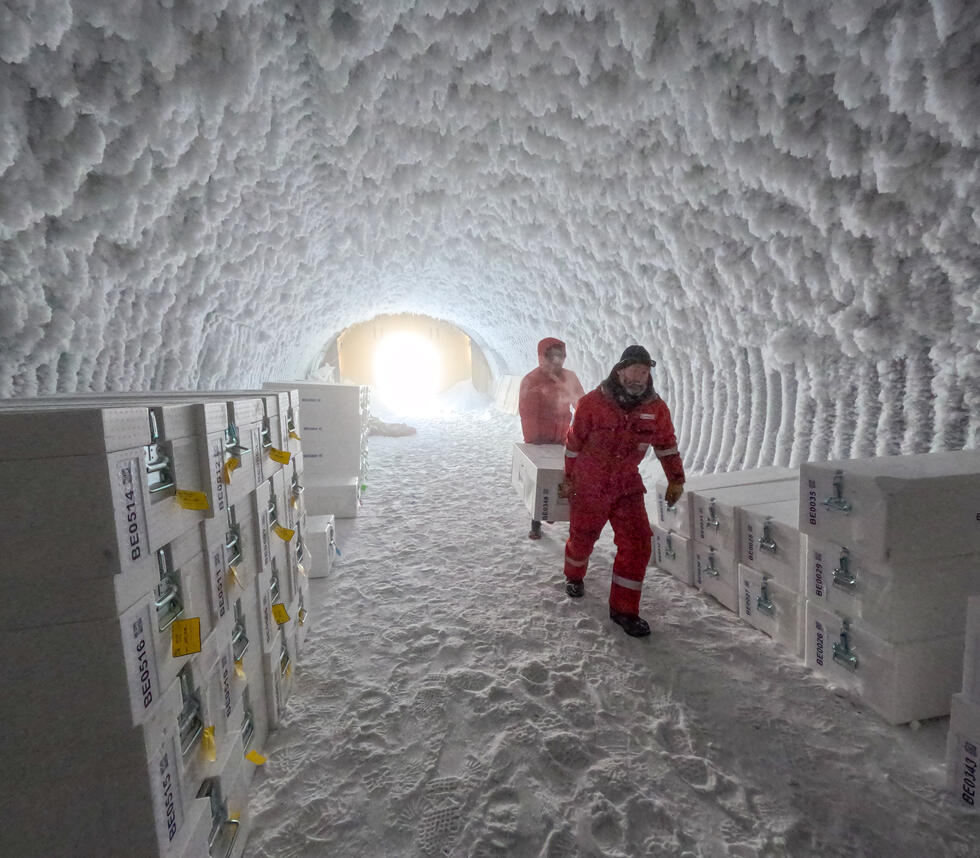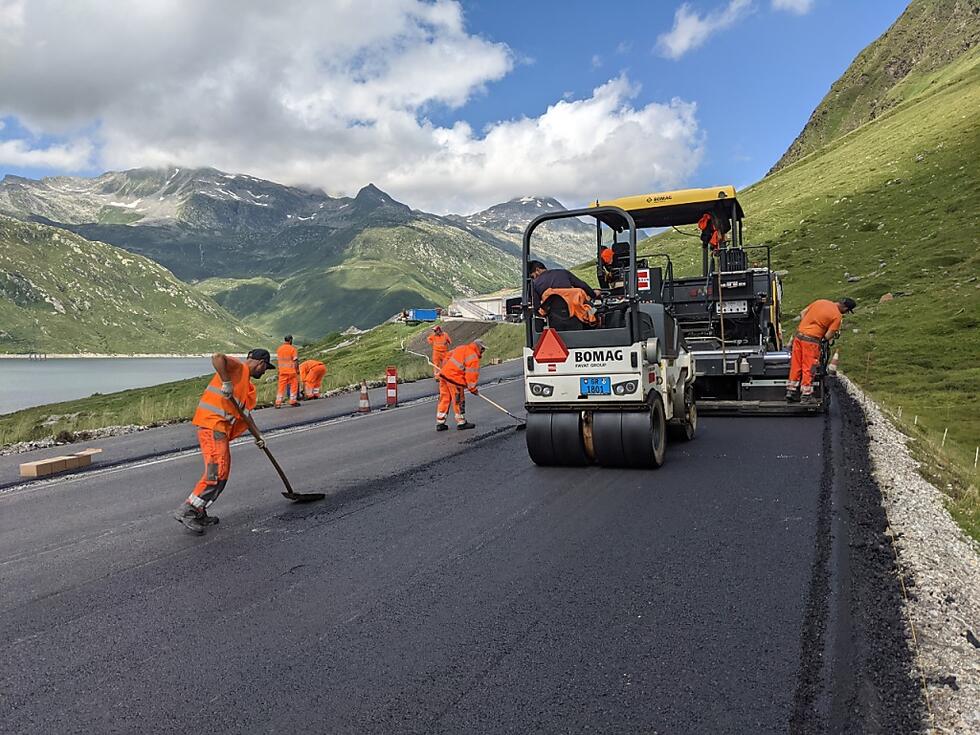SHORT NEWS
Surfaces that kill viruses
Empa researchers have tracked viruses as they pass through face masks and compared their failure on the filter layers of different types of masks. The new method should now accelerate the development of surfaces that can kill viruses.

The apparatus uses high pressure to chase the red-coloured artificial saliva fluid with test particles through a stretched mask. In this way, the researchers simulate the process of a droplet infection. The method established at Empa is used by certified test centres to ensure the quality assurance of textile face masks.
Now the Empa researchers are going a step further: "Images taken using a transmission electron microscope show that a few virus particles manage to find their way into the innermost layer of the mask, close to the face. However, the images do not always reveal whether these viruses are still infectious," says Peter Wick from Empa's "Particles-Biology Interactions" laboratory in St. Gallen in a statement.
Damaged viruses light up in colour
The researchers wanted to find out at which point a virus fails a multilayer mask during a droplet infection. The new method therefore relies on the dye rhodamine R18, which emits coloured light. Non-hazardous, inactivated test viruses are used, which are coupled to R18 and thus light up in colour as soon as they have been damaged. "The fluorescence indicates reliably, quickly and inexpensively when viruses have been killed," says Wick.
Based on the intensity with which a mask layer glows, the team was able to determine that in fabric and hygiene masks, most viruses fail in the middle layer between the inner and outer layers of the mask. These findings can now be used to optimise face masks.
In addition, the new process can accelerate the development of virus-killing surfaces. "Surfaces with antiviral properties have to comply with certain ISO standards, which entails elaborate standard tests," explains Wick. The Empa researchers' fluorescence method, on the other hand, could be a simpler, faster and cheaper way of determining whether a new type of coating can reliably kill viruses, as a supplement to the currently valid standards. This would be interesting both for smooth surfaces, such as on worktops or handles, and for coatings on textiles with a porous surface, such as masks or filter systems.

















